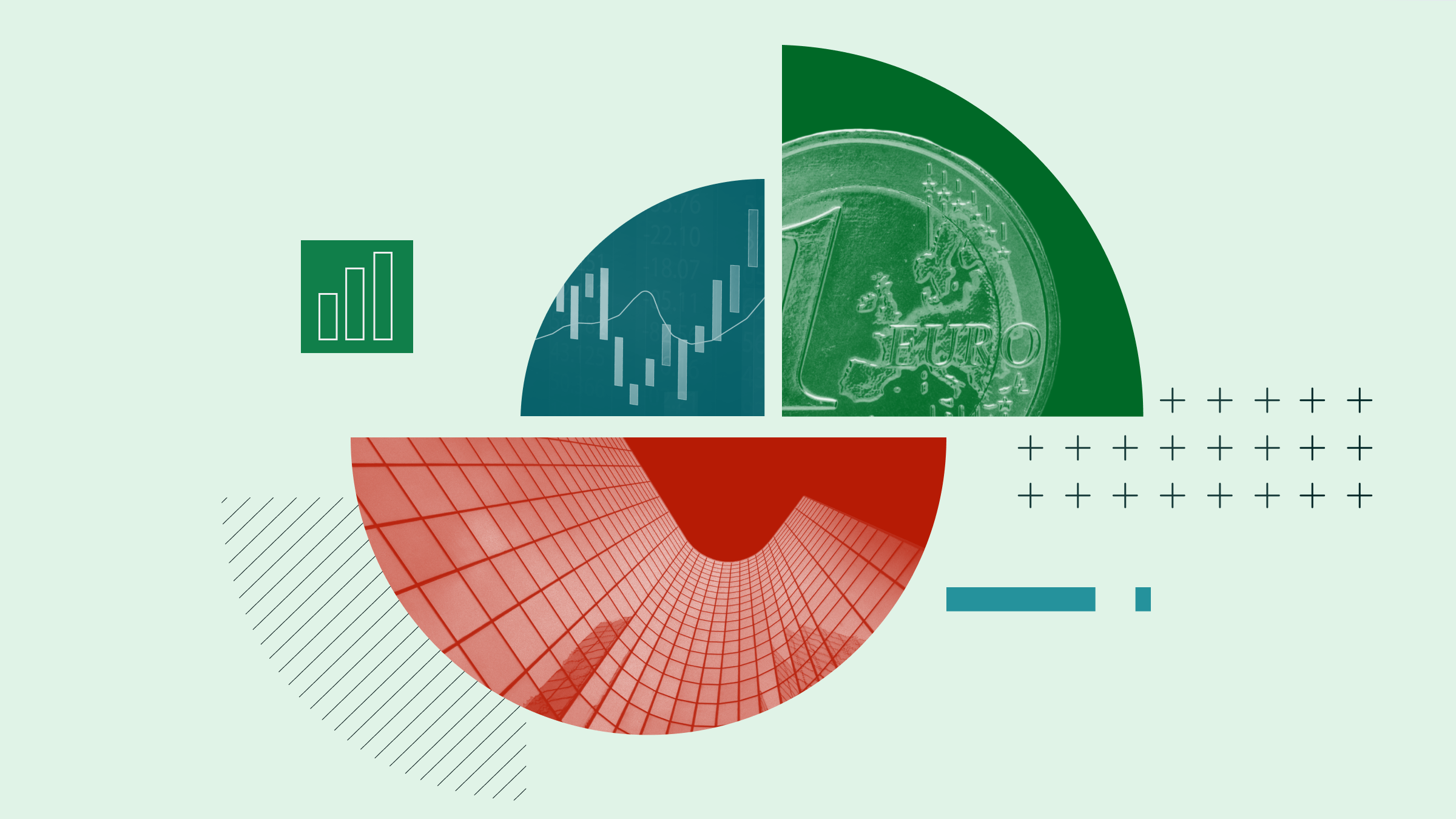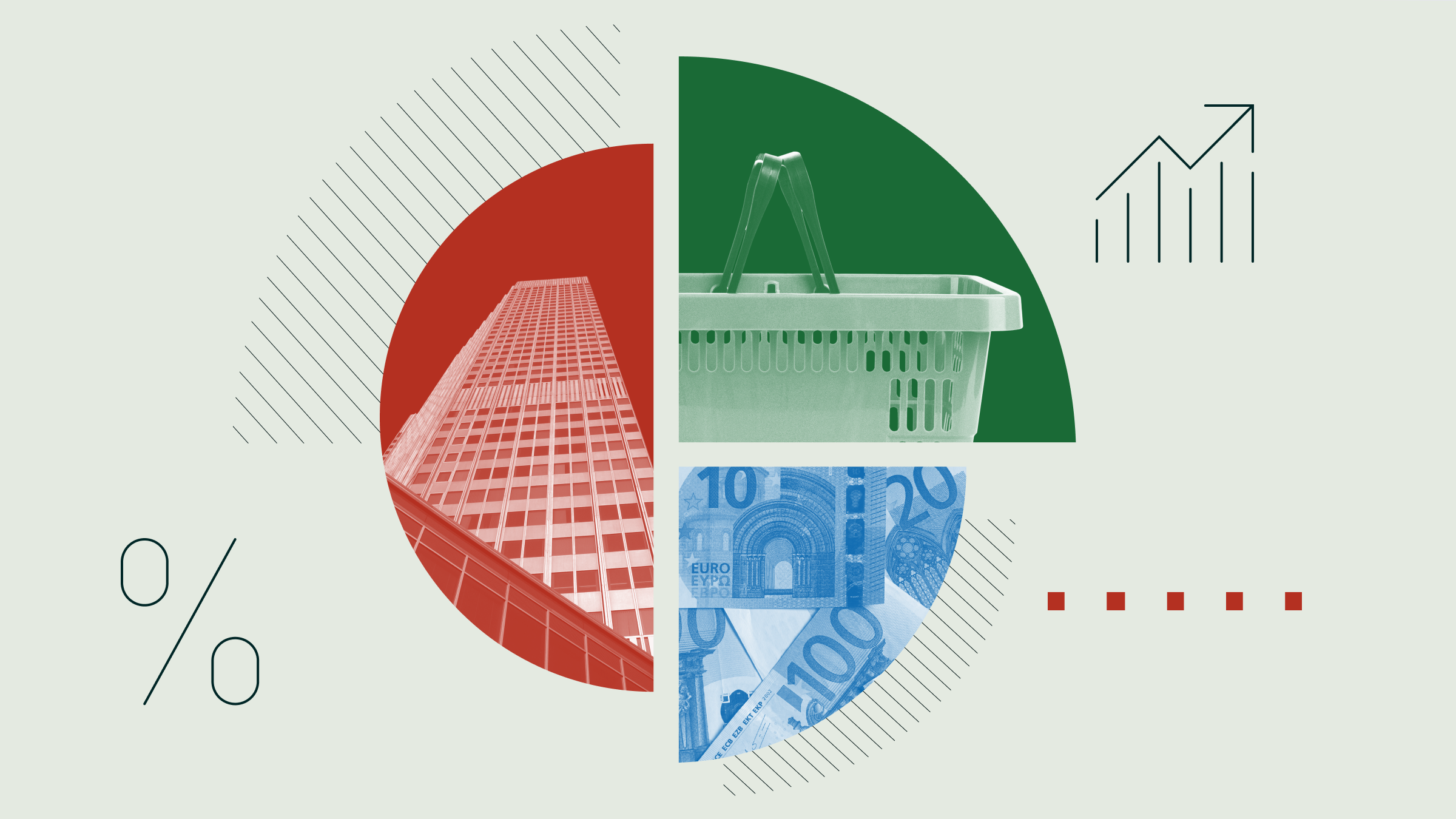Jason Stipp: I'm Jason Stipp for Morningstar. The retail sales report for December came in at a stronger-than-expected 0.5% growth. This was better than a lot of folks had expected, and it also resolved some disagreements between folks about how strong the holiday season was. Here to offer his insight on the report is Morningstar's Bob Johnson, our director of economic analysis.
Thanks for being here, Bob.
Bob Johnson: Great to be here.
Stipp: Let's talk first about the 0.5% growth in December. It was better than some folks thought. Some folks thought it was going to be really bad; recession-level-type of holiday season. This settles the score a little bit and shows us that it was stronger-than-thought, stronger-than-expected?
Johnson: Absolutely. First of all, let's look at the monthly numbers; December numbers, which compared with November, were up, 0.5%. Auto was a particularly strong category. So, stripping that out, which a lot of people like to do, we were up 0.3% month over month. So, that was a good number. People had thought without autos we might be as low as 0.1% in terms of retail sales growth. And the retail sector is so important to the economy and it's a good indicator of consumer spending in general, so we were very pleased to see the number.
The year-over-year numbers were still very consistent, just under 4% year-over-year growth on a three-month-moving-average basis. So, if we strip out all the weekly noise, [the effects of Hurricane] Sandy and all that stuff, we're still growing about the same as we were. [There was] no deterioration. It was still a little bit slower than the period a year ago when we were probably growing instead of the 4% that we got this holiday season--[last year it was] something more like 5% or 6%--but inflation is also lower this time around.
Stipp: When you adjust for inflation, we didn't have really as big of a slowdown in growth from last holiday season to this one as you might originally think looking at the numbers?
Johnson: Right.
Stipp: So, you did say this was an unusual [report], there were some unusual categories that did well and then some other categories were weaker. Let's talk about what was really good this time around. You said autos was a big driver, so to speak, of the holiday sales report that we got. How well did autos do, and how much does that explain the overall good report?
Johnson: Well, autos were an important part of the story, and actually it was even within that the luxury goods part of it that did exceptionally well because if you recall, the unit sales of autos were actually down just a little bit from November to December, which really kind of faked out a bunch of people. But what happened is that the luxury car segment was particularly high, and the mix to retail versus fleet was probably favorable. So, we got a better auto number. Everybody kind of thought they knew it was going to be disappointing, and it actually turned out to be a help because of the luxury goods part of it.
Stipp: And even stripping out the autos, though, we still had growth in the other categories in retail sales?
Johnson: You bet; we were up 0.3% in December.
Stipp: Some of those other categories that did well--restaurant and grocery--are those ones you typically see do well at the holiday season or is that an unusual one?
Johnson: Well, you might see one do well but not the other; maybe they'll do the holiday preparations or whatever. They try to seasonally adjust for all of this obviously. But the very interesting thing is that both the grocery stores and restaurants were up over 1%, and that's highly unusual to have both of them do well. It's usually like, "This month we're can't cook at home, so we're going to go out." And it looks like that people did both.
Stipp: So, good for sales for those, but maybe bad for our waste lines, doing a lot of eating around the holiday season. Furniture was another category that continued to do well. So, people might be moving finally; we're seeing some movement in housing. They're updating some of that furniture as they do that.
Johnson: Absolutely. We were up over 1% in that category, and we've had three or four really good months in furniture now. We've talked about starts being up and existing homes. And we've talked about all of those things benefiting the economy, but it all takes a little time to work through. So, if the housing market started to improve earlier in 2012, it's finally now showing up in some of the retail sales categories that are related to that.
Stipp: Drug stores had been under pressure for a while because of various factors, but we started to see them at least bottom out or do a little bit better this time around?
Johnson: Yeah, we had, again, over 1% growth in drug stores, and that's been the real doormat. It's been down almost every month in the government report, and part of it is because we've moved from like a Lipitor-branded drug to a generic version of that same drug with a much lower price. And so that's really hurt the retail sales report for a number of months. Then we've had unusually warm weather which kept the flu season down, and now this year we had a bad flu season. So I think that's already starting to show up in some of the drugstore numbers, and maybe people are actually doing a little more holiday shopping in the drugstore. I don't know what it is, but it's very unconventional to have drug stores be a leader here in the holiday season.
Stipp: A more conventional one that did do well is clothing. Was that a turnaround from recent trends we'd seen in clothing?
Johnson: Yes, clothing has had its ups and downs. Now, the last few months prices have been down on clothing, and so it has acted a little better. In the year-ago period the apparel prices were a little stronger and then didn't sell as well. But now it seems to be when they're attractively priced, whether they priced them attractively to start with or whether they sat on the shelves and the retailers slashed the prices to move them, I won't say. But in any case, apparel prices were down and consumers reacted and bought.
Stipp: So, if we spent a little bit more on clothing, on furniture, in restaurants, and in grocery stores, maybe bought a car, what weren't we spending on in December?
Johnson: I think so many people thought the holiday season was weak, and here's why: I think if you went to a lot of the traditional places that people might shop, say, Macy's or even Target or someplace like that, general merchandisers in general hardly had any growth at all. And so the traditional places you think would be strong at Christmas were not strong at all this time. They were absolutely kind of flatlined.
Stipp: One of the things that put in a pretty poor performance overall was electronics, which you normally think of as gadgets and things like that that you purchase around the holiday season as gifts. Electronics didn't do so well.
Johnson: No. We were down month to month in that category. And I think part of it is that a good part of that mix is TVs, and those have been under a real lot of pressure. There are saturation issues. There are pricing issues. There are a lot of bad things going on, and that's a decent part of the category. Offsetting it should have been a little bit with some of the cell phone releases, but maybe that got shifted a little bit earlier with the Apple introduction back in September. So the electronics category didn't look as strong as we might have hoped.
Stipp: This report is not inflation-adjusted, so if prices come down, it will seem like sales are coming down. What role did inflation play in this number if you tried to adjust for that?
Johnson: Well, the good news is that we got the CPI number [Jan. 16], and it showed in general that the prices were flat across most of the economies. So these numbers were not inflated at all by that situation. To give you some idea how much inflation has come down, I mentioned that maybe we're growing 5% of 6% in the 2011 holiday season, but inflation was about say maybe 3%, 3.5%. So that helped inflate the number. This year, in the year-over-year inflation, we were up 1.7%, but our retail sales were only up, say, 3%, 4%. So, inflation accounted for most of the difference. If you were in the right categories, you did well, if you were in the wrong categories it seemed like you are in a bit of a slump, so it made it really hard to analyze the numbers. I think that's why the numbers were so varied this time.
Stipp: What about gas, which is a big part of inflation where we see fluctuations? Was that costing consumers more or less? How did it factor in?
Johnson: Obviously because the gas was cheaper, consumers could have more money to spend on other categories. But the way the numbers are reported, gasoline sales are not inflation-adjusted, and prices were down in December. And so gasoline sales were down about 2%. So that hurt the report and held it back. The report would've been even better if you'd thrown [gas sales] out of the equation.
Stipp: Let's wrap all this together and talk about where you think the consumer is headed now. We saw a reasonable, a decent holiday season; it wasn't the horror story that some folks had been thinking. It's sort of consistent. Where do you think the trajectory for the consumer is headed given this information now?
Johnson: I think we'll probably end up somewhere for all of 2013 at something like 3% to 3.5% growth, which will probably just a little bit less than we had in 2012 for the whole year. But again we'll have relatively low inflation, and we'll have more of the spending that probably relates to housing and automobiles than necessarily what happens in the retail store. So, I think it's still going to be a very tough year for retail in the year ahead. I think that they are facing pressures from online people. I think that there are different category shifts that are going on. All of those things will make it a relatively tough year for retail, and it might be a little bit less of a good indicator in the year ahead. I'll be watching a little bit more closely some of what's going on in housing and what's going on with online sales, and maybe what happens at traditional retailers.
Stipp: All right, Bob, and a very interesting report. It sounds like some interesting trends about where consumers may be spending their money in the year ahead. Thanks for joining me today.
Johnson: Great to be here.
Stipp: For Morningstar I'm Jason Stipp. Thanks for watching.



















